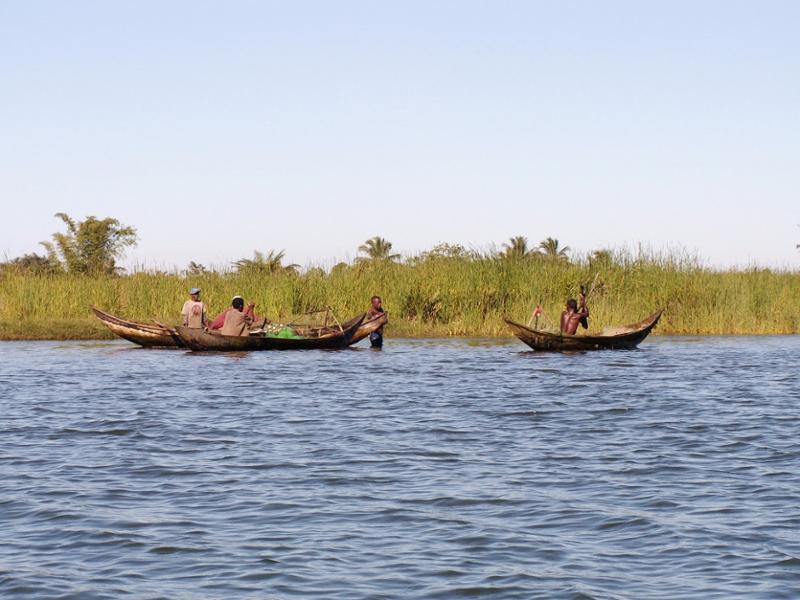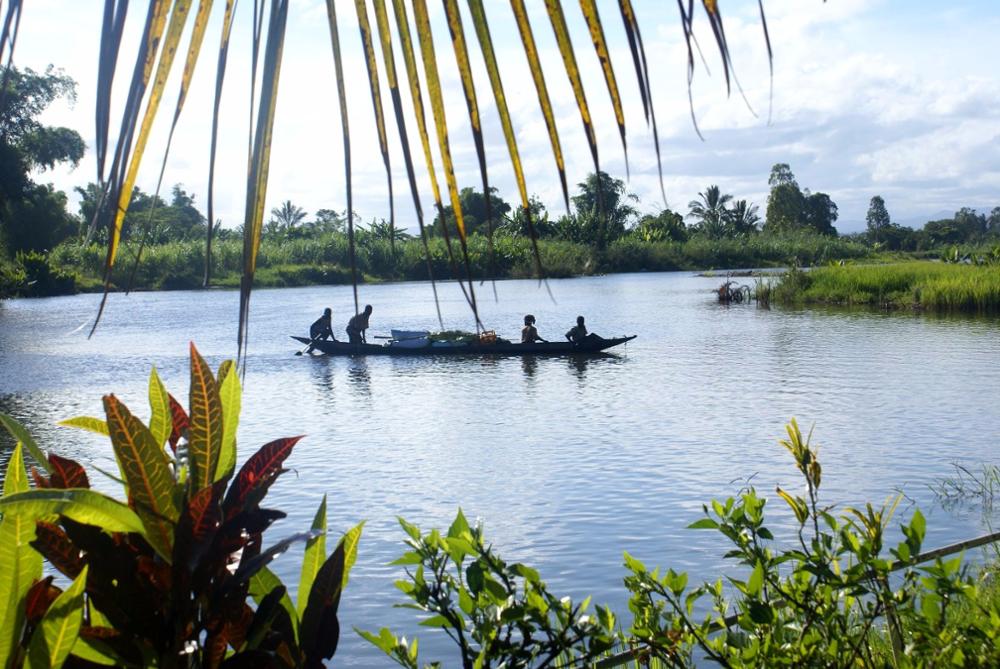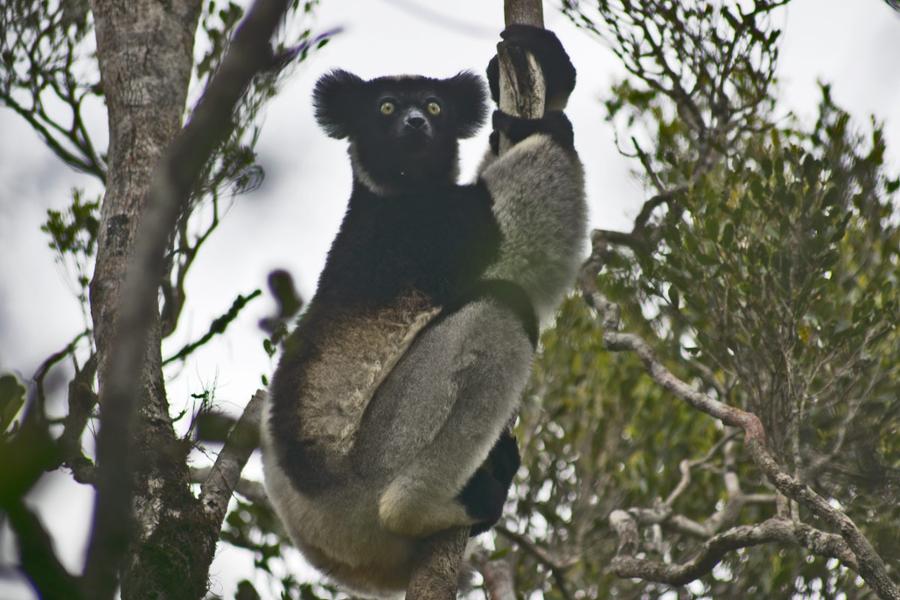
Chronicle of the Pangalanes Canal
The Shores of Madagascar’s East Coast: The soul of a people
Imagine a riverside people, deeply attached to their land, despite it being ravaged annually by the fierce winds and waves of the ocean. On a delicate strip of land between the ocean and the river, villages endure a cycle of destruction and rebirth. Each year, cyclones strike during the first three months, leaving behind wrecked homes, fallen coconut trees, and vegetation reduced to debris. Yet, against all odds, the inhabitants return to rebuild and resume their water-centered lives for the remainder of the year.

This is the reality of the east coast of Madagascar, home to the Pangalanes Canal. Recognized today as one of Madagascar’s must-see natural wonders, the canal flows through lands inhabited by various ethnic groups.
- The Betsimisaraka in the northeast are a cosmopolitan group unified under one name, fully integrated into Malagasy culture and lifestyle.
- The Antanala (literally "those who live in the forest") inhabit the central eastern forests.
- The Antambahoaka and Antemoro, found between Mananjary and Vohipeno, are famed for their guardianship of the Sorabe, an Arabic script once reserved for the elite and royalty. Writing in Sorabe was a mark of prestige until it was supplanted by the French alphabet and teachings during colonial rule.
- The Antesaka, located in the far south, are divided into subgroups, including the Antefasy ("those who live in the sand"), known for their education and societal prominence, and the Rabakara, a nomadic group focused on cattle rearing.
The rich ethnic diversity along the east coast makes encounters with locals incredibly enriching.

A monument of colonial and local history
The canal’s riverine communities are descendants of the men who built the Pangalanes Canal over a century ago, a feat rooted in Madagascar’s colonial history. In 1896, 300 Malagasy workers dug the 700-kilometer canal over eight grueling years using only basic tools—shovels, picks, and machetes. The latter, it is said, were later used against some colonists.
The Pangalanes Canal: A wonderland of cruises and river adventures
Today, this winding 700-kilometer canal offers stunning vistas of Madagascar’s eastern rainforests. Stretching from Mahavelona (Foulpointe) in the northeast to Farafangana in the southeast, the canal provides a navigable route weaving through lakes, rivers, and lagoons.
One of the most popular journeys is from Manambato to Akanin’ny Nofy (“the dream nest”). Here, Lake Rasoabe meets the sandy shores of a charming village nestled between hills, while Lake Ampitabe merges its crystalline waters with the Indian Ocean, creating a spectacular site—an essential stop along the canal.

The canal also provides access to the protected forest of Vohibola and hidden villages in the heart of the waterway. It serves as a gateway to the iconic Ravinala, or "traveler's tree." This tree stores rainwater in its thick leaves to quench the thirst of weary travelers, and its leaves are often used by locals to serve meals during traditional picnics. Such meals, set on mats under a tree, are typically accompanied by folk performances or evenings by the campfire.
A journey through culture and nature
The canal offers a range of cruise experiences, from luxurious five-night voyages on equipped barges to simpler two-night bivouac adventures under the stars. Travelers are treated to a tapestry of aquatic vegetation and pristine forests: banana trees, pandanus, jackfruit trees, elephant ears, reeds, and small rice paddies.
The canal’s unique ecosystem is home to extraordinary wildlife, including the Indri Indri, the largest lemur species, as well as Macaco lemurs and Vari (black-and-white ruffed) lemurs.

The Pangalanes Canal, lovingly preserved by its people, has served many purposes: navigation, administrative and military control during colonial times, and today, a vital route for locals transporting goods via "bush boats." For travelers, it offers a mesmerizing journey of discovery, cultural immersion, and breathtaking scenery.
Sailing along the Pangalanes is a magnificent experience that leaves visitors speechless, as described by renowned photographer Pierrot Men in an ARTE documentary:
"I have no words."